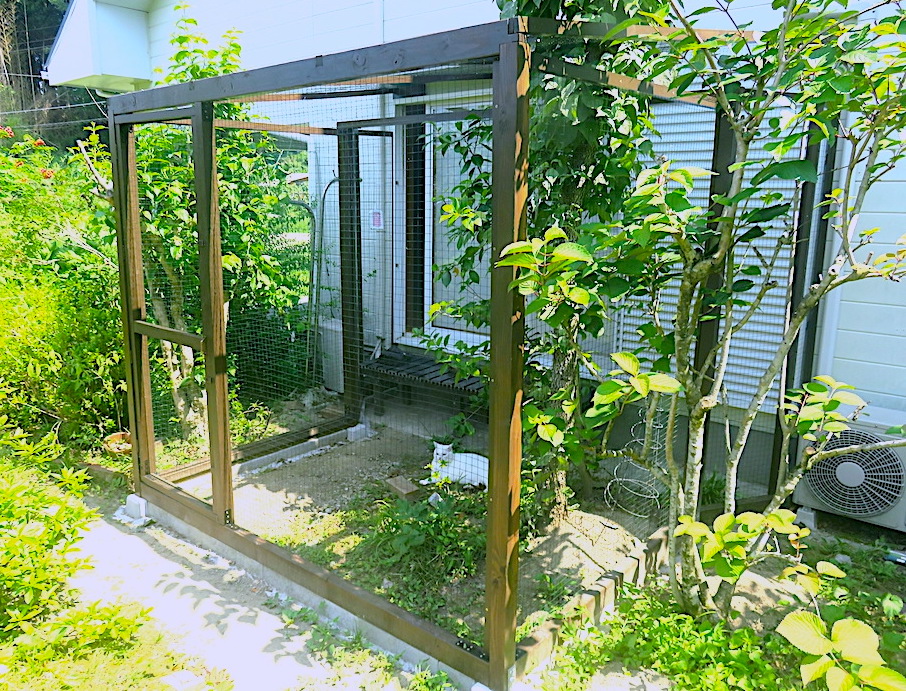
A catio is a cat patio. It offers an outdoor space for kitties that are mostly kept indoors.
Frankly, it breaks my heart that our three cats can’t run “in the wild”, doing things that are quite natural for them to do: chase butterflies and birds, crawl through undergrowth, roll in the grass, smell flowers. But our house backs up on a forest. There simply are too many predators. We have foxes, raccoon dogs, Japanese badgers, huge hawks which can pick up a full-size cat and fly away, snakes, occasional wild boars.
And then there’s the monkeys!
Yes, we have several large families of Japanese macaques living all around us. Sometimes they just look for food, sometimes they are aggressive, as when one jumped on the hood of my step-daughter’s car and ripped off her windshield wiper.
The catio will let them enjoy the outdoors without fear of being attacked or otherwise terrorized.
I can’t say that building it was a simple, straightforward process. Without blueprints or any model to work off of, the only option was to make it up as I went along. So I did. Aside from creating an enclosure which kept the kitties in and predators out, I had to make it typhoon proof. Even though we’re pretty far inland, two or three times a year we get serious typhoons with steady winds of up to 80 kmh (50 mph), gusts even higher. My catio is secured to a cement foundation. So in a worst case scenario, it might collapse but it certainly will not blow away.
Anyway, here are a few photos of putting the catio together, and finally the kitties enjoying it.
Next we’ll do some interior decorating: plants, ground covering, ladder, shelves, maybe a hammock. Fountain? That would be nice!



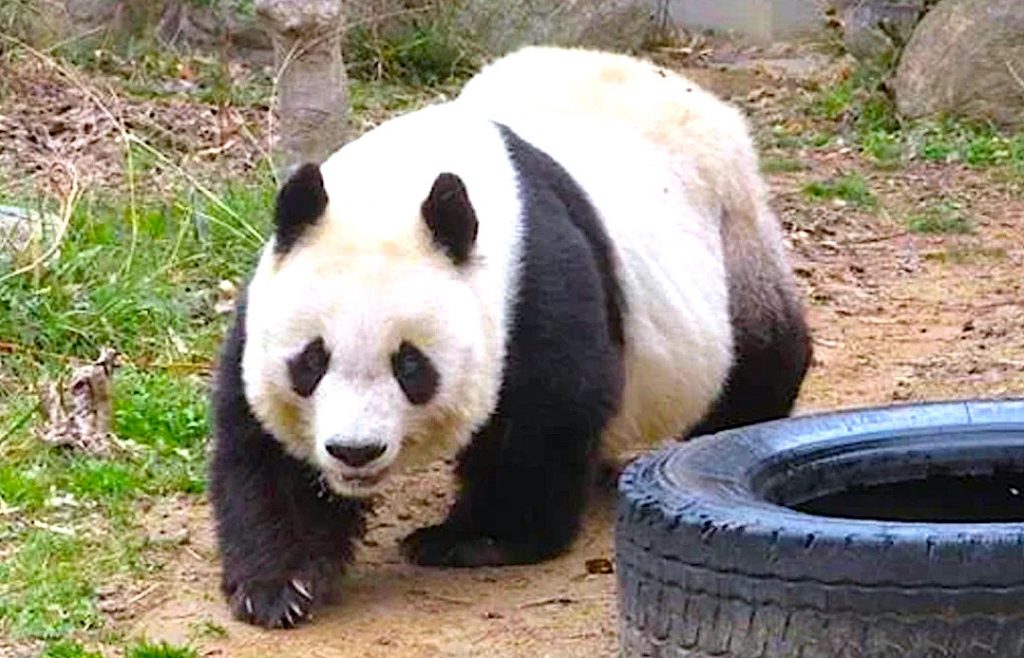


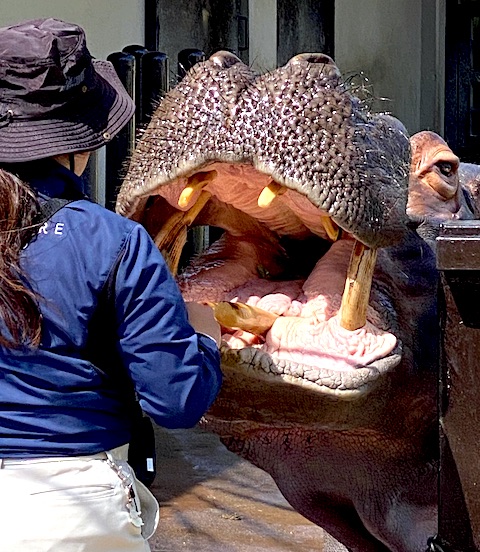

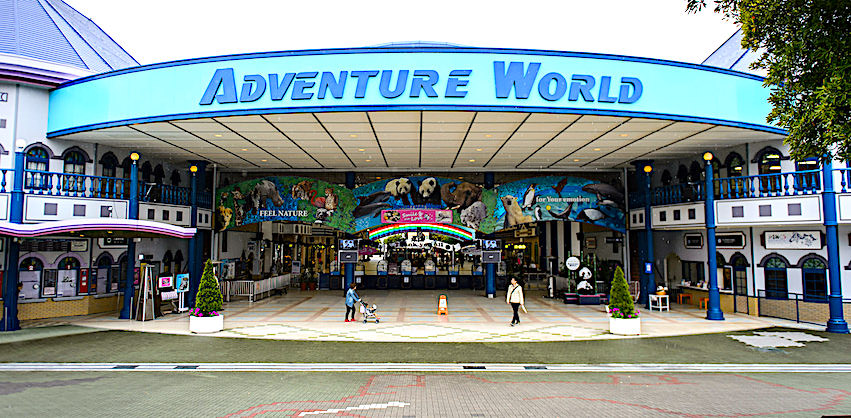

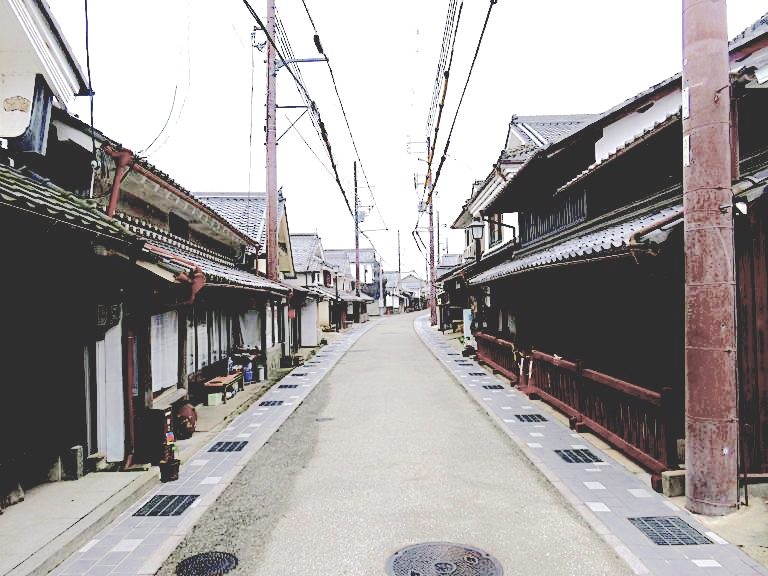









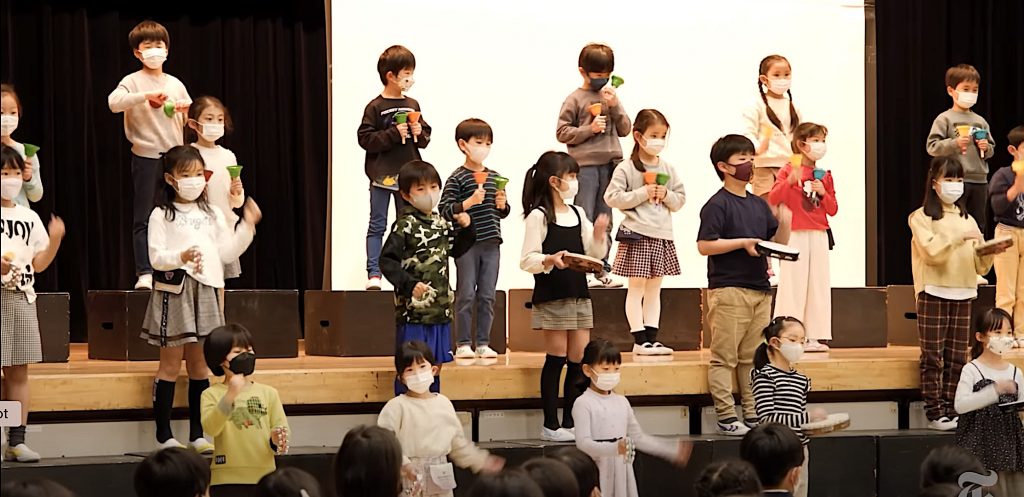
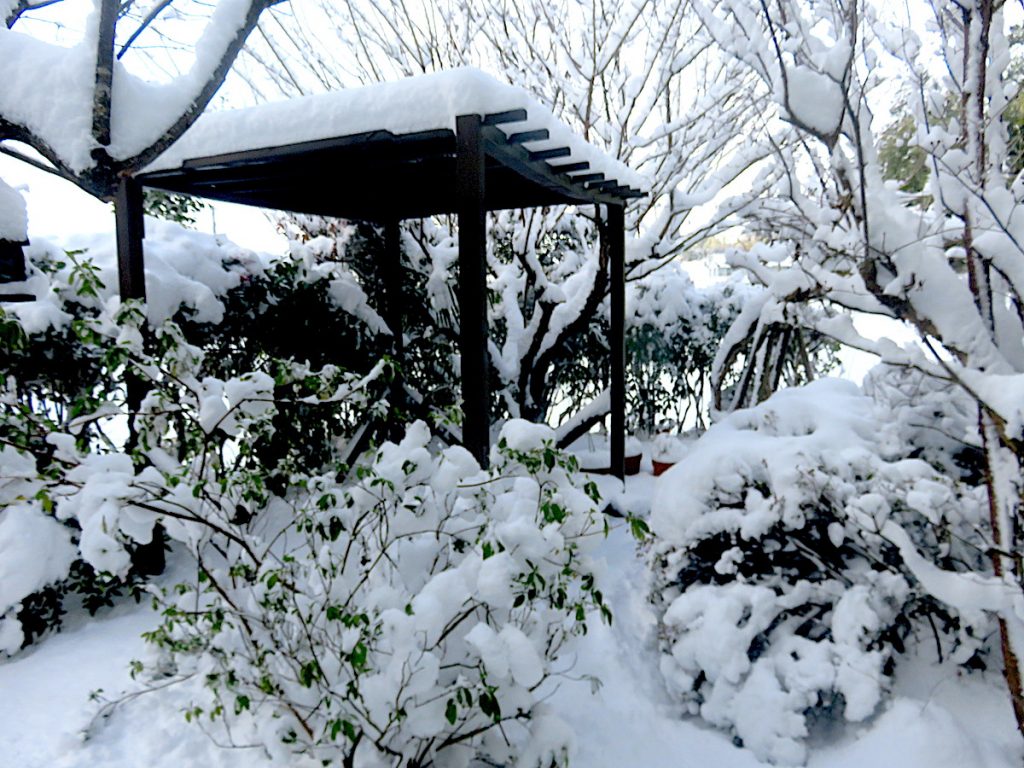
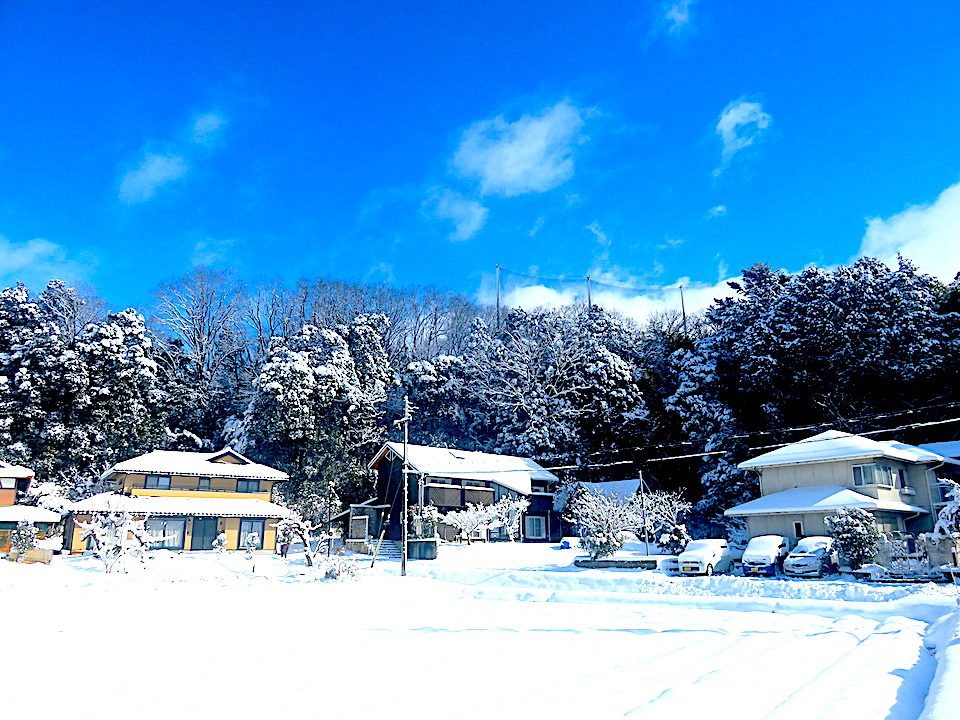
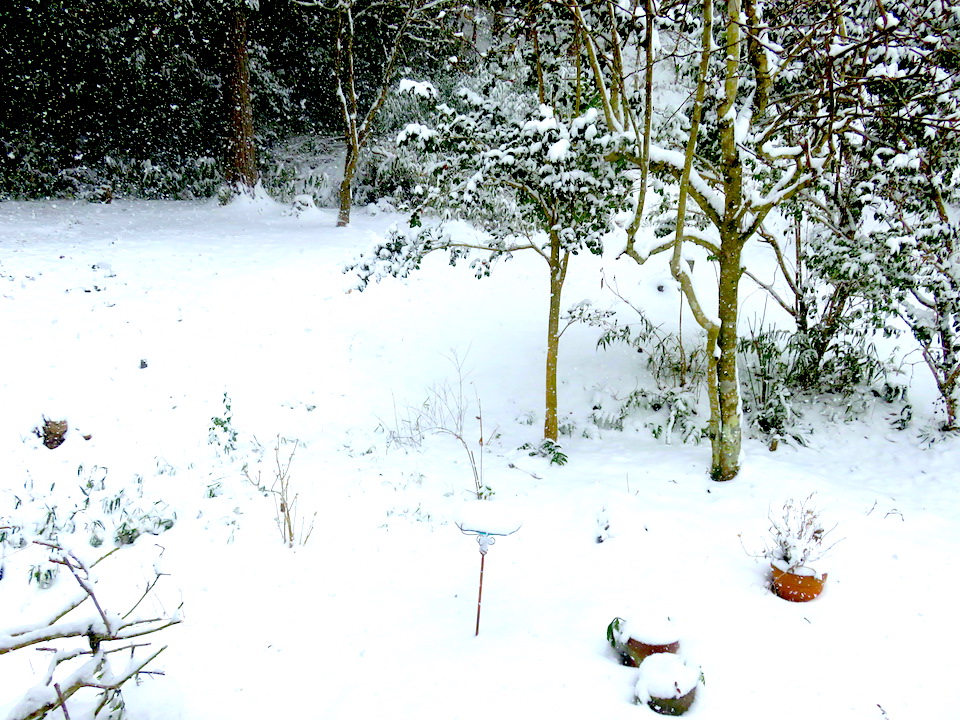



Life In Japan: Cherry Blossoms 2025
It’s that time of year again. Cherry blossoms! Because of the cold winter, which dragged on longer than usual, the peak of bloom was about a week late. But worth the wait!
Last Friday evening we walked around Sasayama Castle. Of course, the city lights up the trees and the castle, providing a truly magical landscape.
Next day, we walked around the castle while the sun was up.
This was the weekend of the annual Cherry Blossom Festival, which meant there was a lot going on: food booths, boating, even a jazz band.
Can you tell I really like living here?